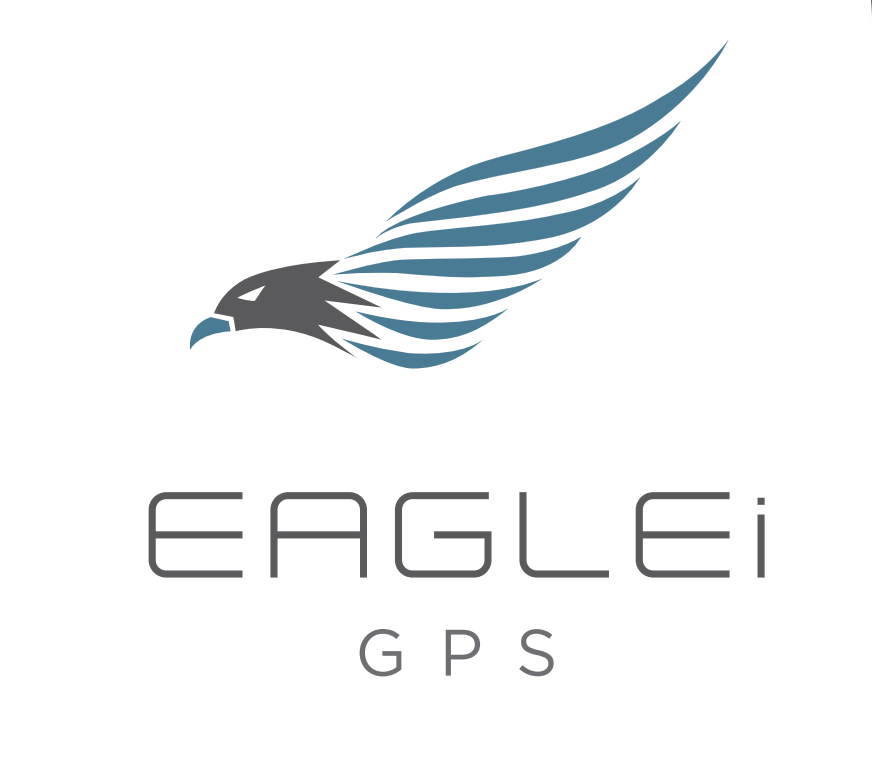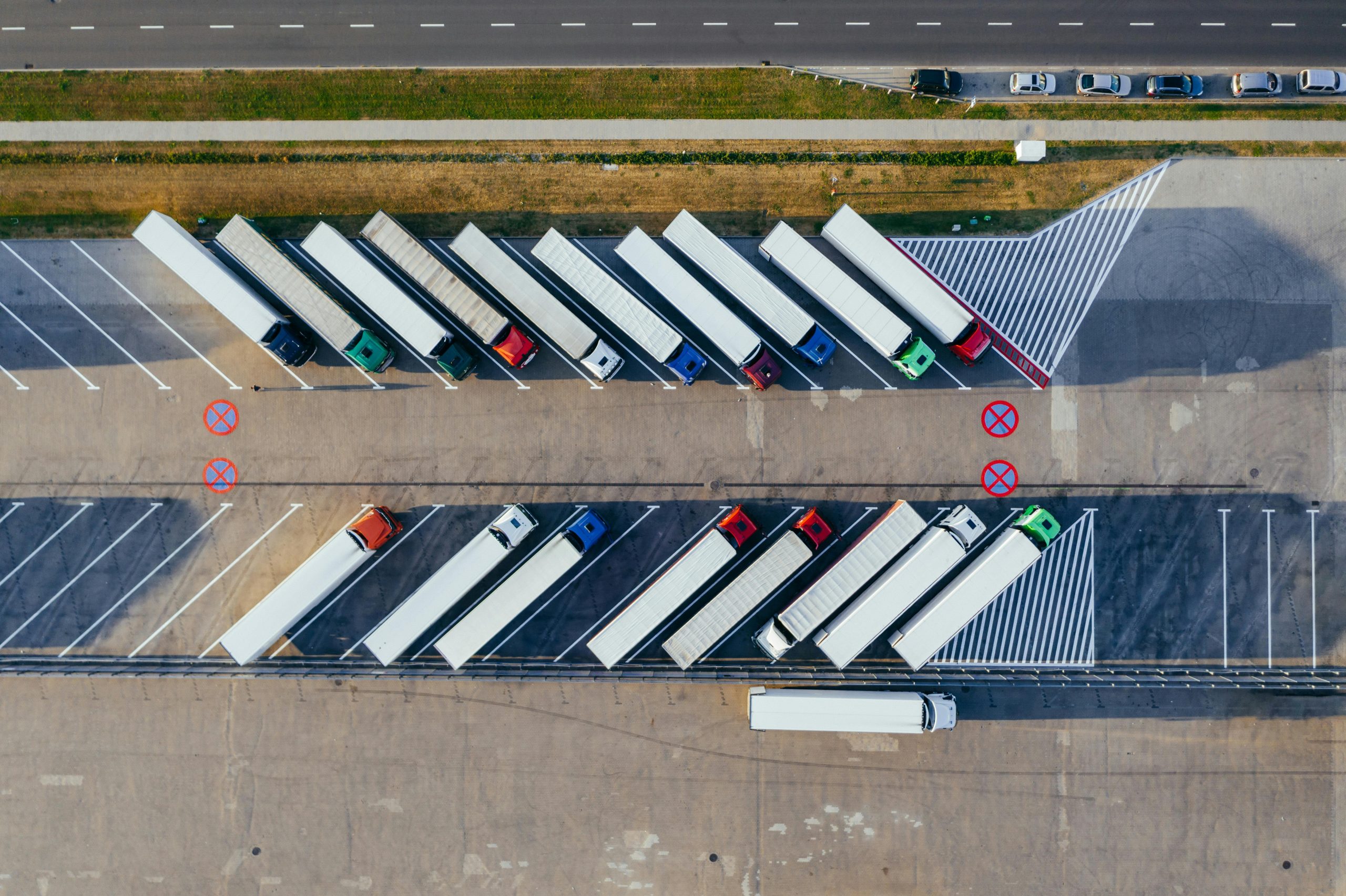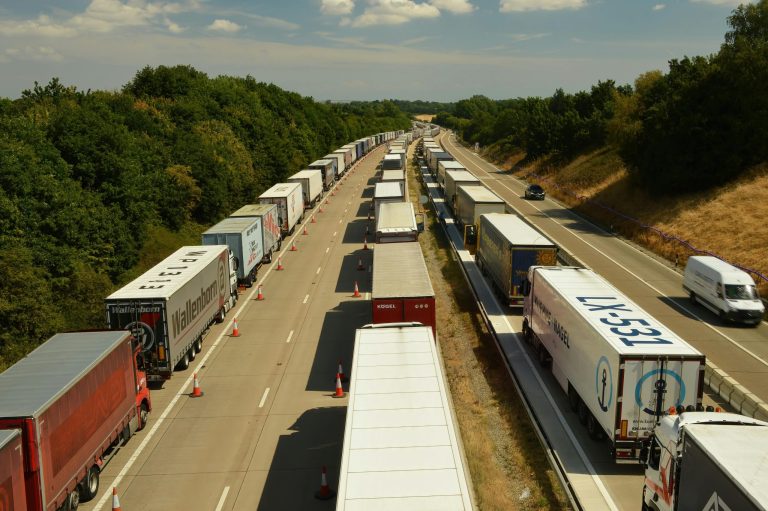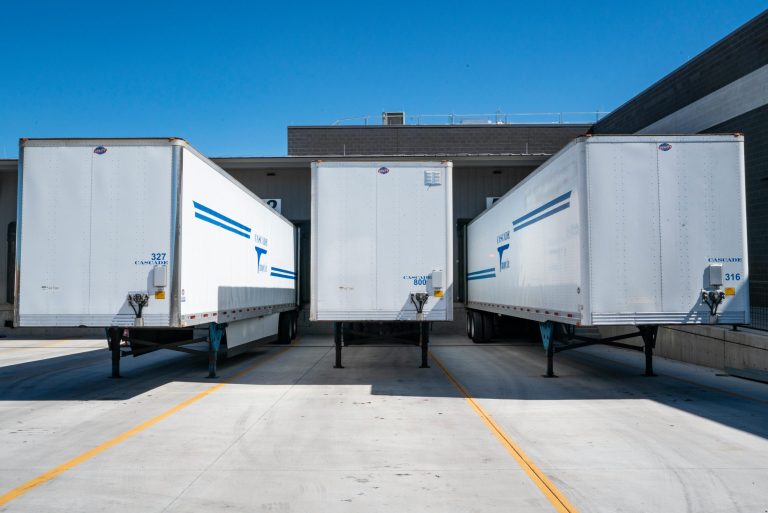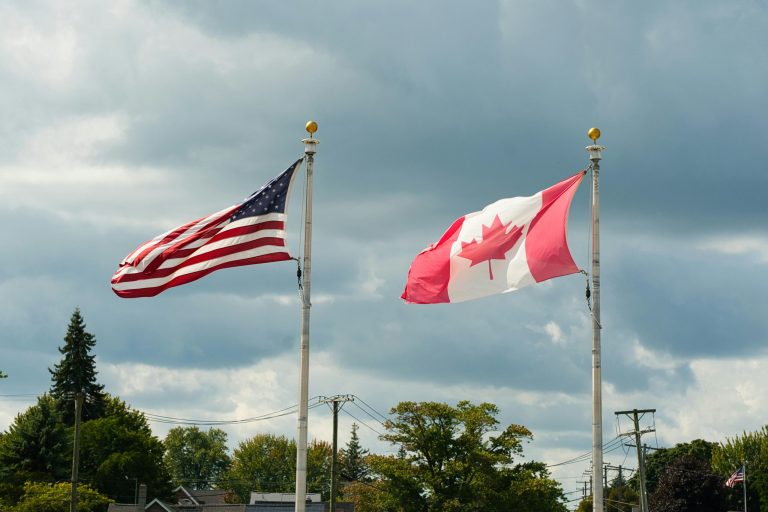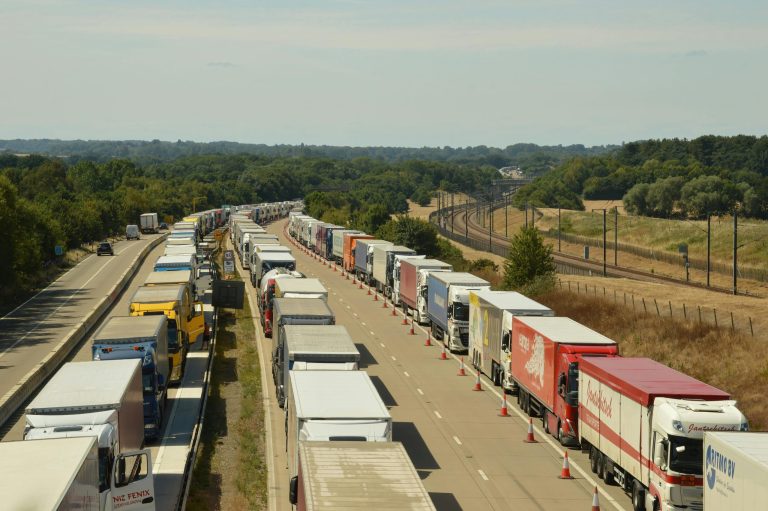Revolutionizing Last-Mile Delivery Optimization: A Smarter Approach to Modern Logistics
In the age of e-commerce, instant delivery, and high customer expectations, optimizing last-mile logistics has become not just a strategic advantage but a necessity. Companies that depend on delivering products to customers or coordinating complex field services often face challenges that impact their bottom line: increasing fuel costs, missed time windows, inefficient routes, and driver overload. Traditional software helps—but as logistics networks grow more complex, traditional methods hit hard limits.
What if we told you that there’s a new way to think about route optimization—one that doesn’t just tweak the existing methods, but redefines how problems are approached at their core?
This article explores a next-generation approach to route optimization that is smarter, constraint-aware, and built to handle the complexity of modern logistics without requiring companies to overhaul their infrastructure. The foundation of this system is based on emerging computational paradigms inspired by advances in physics and quantum research—delivering levels of problem-solving power that go far beyond traditional algorithms.
The Real Problem With Last-Mile Optimization
On the surface, last-mile optimization sounds simple: take a list of stops and find the best order to visit them. But in reality, it involves managing a constellation of constraints:
- Time windows for delivery or pickup
- Vehicle capacity (weight, volume, number of packages)
- Driver availability and shift hours
- Traffic zones, road restrictions, and dynamic conditions
- Customer preferences or priorities
- Multi-depot and multi-driver assignments
Traditional route planning tools rely on heuristic algorithms—methods that use educated guesses to get a good-enough solution fast. These are incredibly fast and useful in most everyday scenarios. But they start to struggle under the weight of real-world constraints and scale. Once you move beyond a dozen stops, or add complex constraints like delivery time windows and load balancing, performance and accuracy drop dramatically.
Why Current Solutions Fall Short
Most of the industry today relies on classical optimization engines or heuristic-based solutions:
- Classical solvers like OR-Tools or Gurobi are efficient for well-formed problems but start to choke when the number of constraints grows or the number of stops climbs beyond 20–30.
- Heuristic approaches (e.g., local search, greedy algorithms, metaheuristics) are faster but do not guarantee optimality and often oversimplify real-world scenarios.
- AI-based systems excel at pattern recognition, forecasting, and data-driven predictions (like predicting delivery ETAs), but they are not designed to solve combinatorial route planning with strict constraints.
When a fleet manager or dispatcher needs to schedule 40 drivers across 1,000 stops, and some deliveries must happen between 9 and 11 am while others must stay under a vehicle weight limit, traditional tools can’t solve it efficiently. The result? Suboptimal routing that increases fuel use, delays, and labor inefficiencies.
The Shift Toward Smarter Optimization
What’s needed isn’t just faster routing—it’s better routing. That means building a system that:
- Handles complex constraints natively
- Generates globally better route plans—not just the first passable solution
- Adapts in real-time to changes in traffic, order cancellations, or driver availability
- Balances efficiency with business rules
- Integrates easily into existing logistics and dispatch platforms
This new approach must be built on optimization logic that scales with problem complexity, not against it.
Smarter Constraint-Aware Routing: How It Works
The next-generation system treats the route planning challenge as a flexible decision model:
- Each stop becomes a decision point.
- Each constraint (e.g., time window, zone restriction, package type) becomes part of the cost model.
- Routes are optimized not only for distance but for overall performance—time, fuel, compliance, and driver satisfaction.
What makes this system stand out is that it doesn’t need to simplify or drop constraints to keep performance. It solves the whole problem with all constraints intact, yet still returns usable route plans within seconds.
This is made possible by using a new kind of engine that can evaluate a larger space of possibilities than classical tools without compromising speed. Inspired by developments in quantum-enhanced computation, this engine explores many route possibilities simultaneously, scoring and refining them iteratively to converge on a high-quality solution.
The result? Better decisions with lower overhead and less manual tweaking by the dispatcher.
Real-World Use Case: Fleet Efficiency for a Regional Delivery Service
A regional logistics provider operating 60 vans across a metropolitan area needs to deliver 800 packages a day. Their old system clusters stops loosely by ZIP code, then applies nearest-neighbor heuristics to dispatch routes. It works well enough, but leads to:
- Some drivers finishing routes 90 minutes early while others are consistently late
- Violated time windows and missed SLAs for premium customers
- Unused cargo capacity and fuel inefficiency
By switching to the smarter optimization system, the company doesn’t change how orders are entered or how drivers are dispatched. Instead, they connect their system to an optimization API that:
- Ingests the delivery list and constraints
- Generates optimized, balanced routes within 2–5 seconds
- Automatically accounts for traffic data and vehicle types
Results in 30 days:
- 12% fewer miles driven
- 16% increase in on-time deliveries
- 9% better driver load balancing
Designed for Real Integration
Unlike theoretical optimization platforms, this system is designed to integrate with:
- GPS tracking and telematics platforms
- Fleet management and dispatch software
- CRM and customer-facing delivery apps
- Mobile driver route apps
It’s built to run in real-time or in batch mode, and it scales from 10 stops to 10,000 across multiple depots.
Why This Approach is Different
- Not a black box: The system can explain why certain routes were chosen, how constraints were satisfied, and what trade-offs were made.
- Not one-size-fits-all: Custom cost functions let you optimize for sustainability, speed, cost, or fairness.
- Not a throwaway POC: The technology is proven on real delivery networks and production deployments.
It works without requiring expensive quantum hardware today but builds upon optimization methods that are influenced by advances in quantum research. This ensures the solution remains cutting-edge, scalable, and future-proof.
The Road Ahead
As logistics networks grow more dynamic and customer expectations tighten, the ability to generate high-quality, constraint-aware route plans in seconds will define who leads and who lags.
Smarter optimization is no longer a luxury for mega-fleets—it’s a necessity for any business that puts wheels on the road.
And with systems that can plug into your existing operations without disruption, the future of last-mile delivery is not just faster—it’s fairer, greener, and more profitable.
Want to see how this approach can improve your daily routing decisions?
Reach out to our team and request a real-world simulation on your delivery data.
